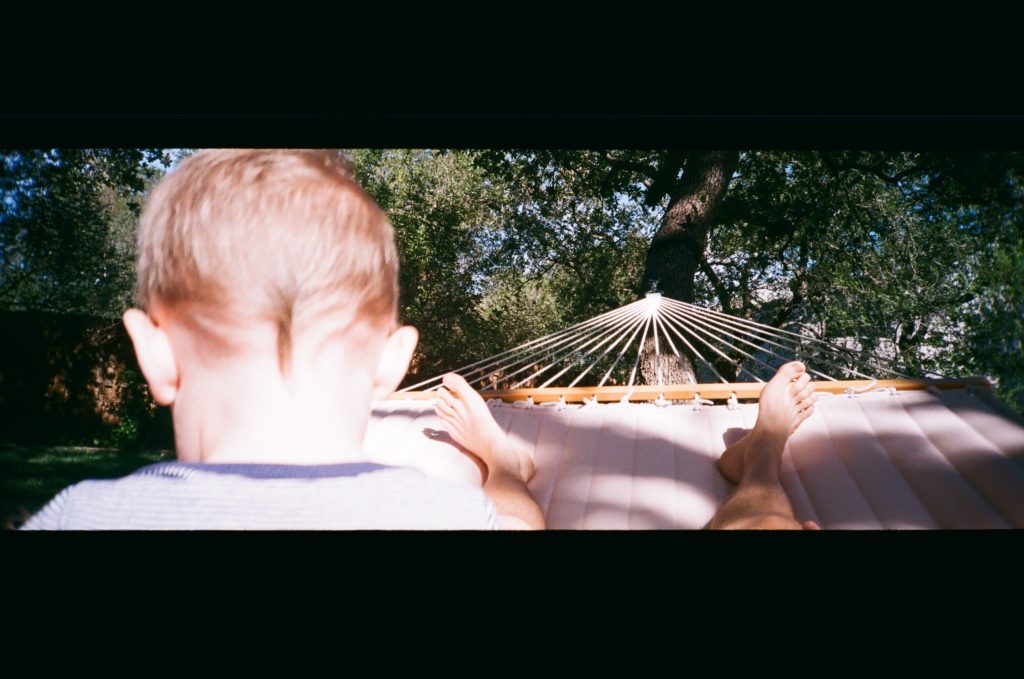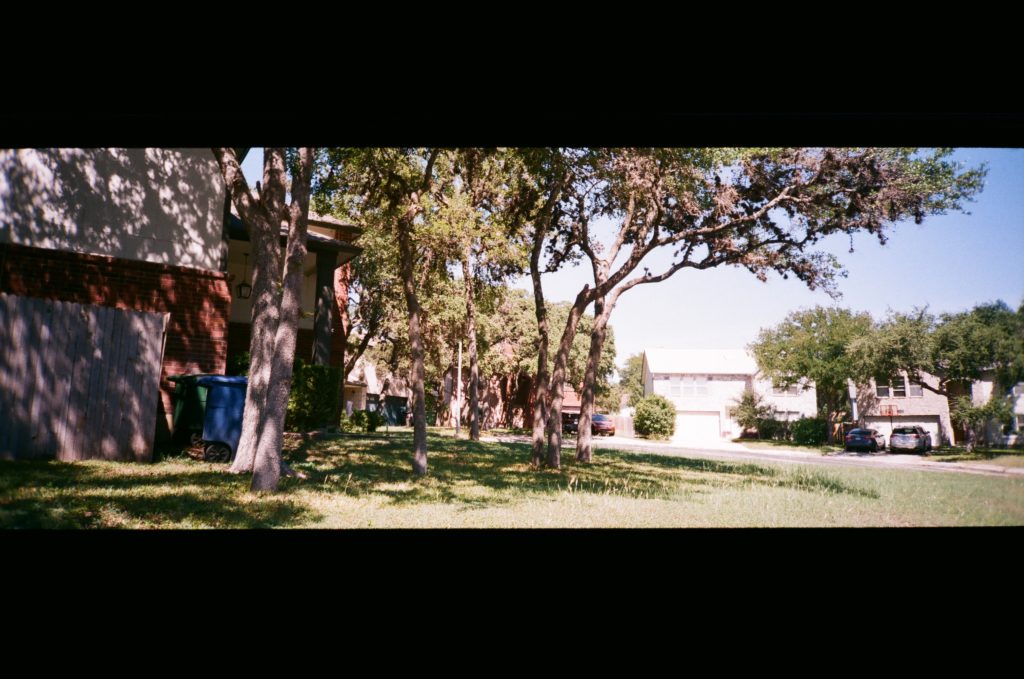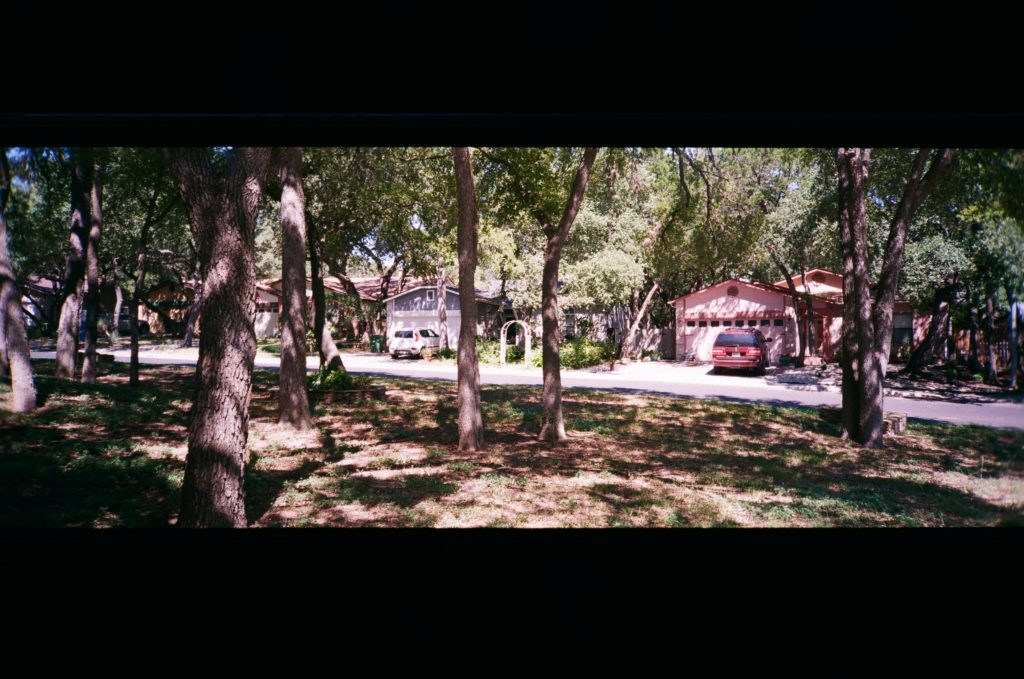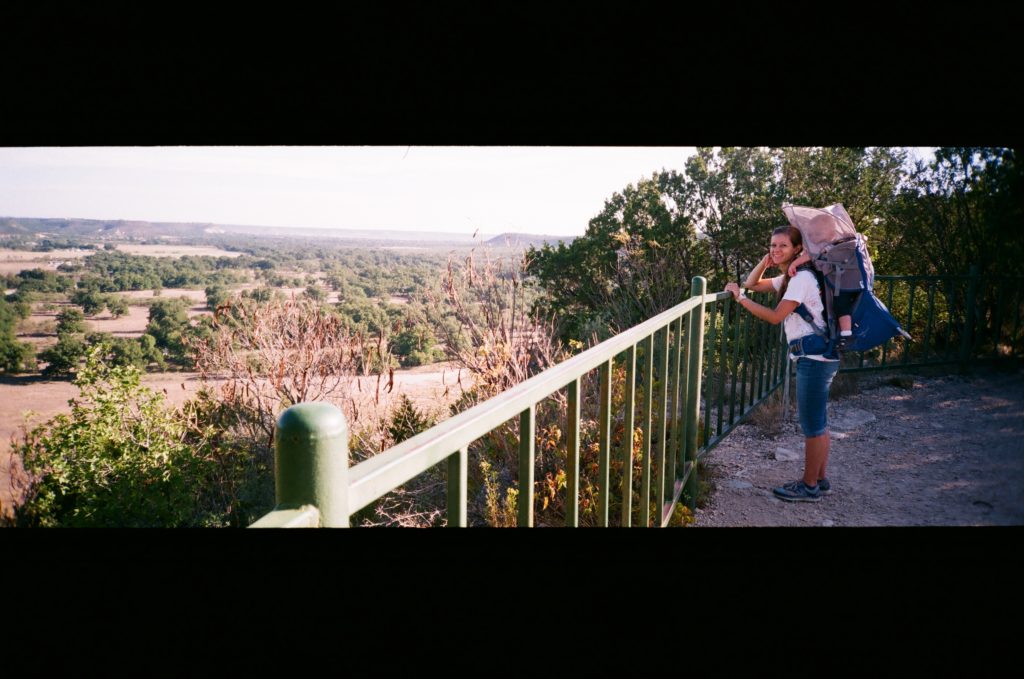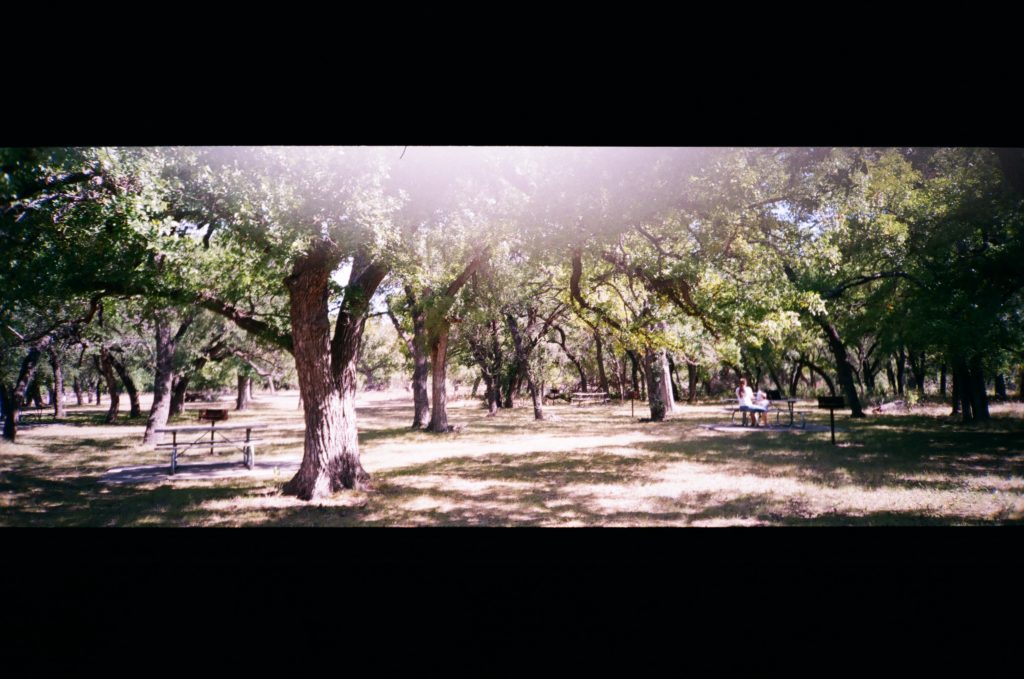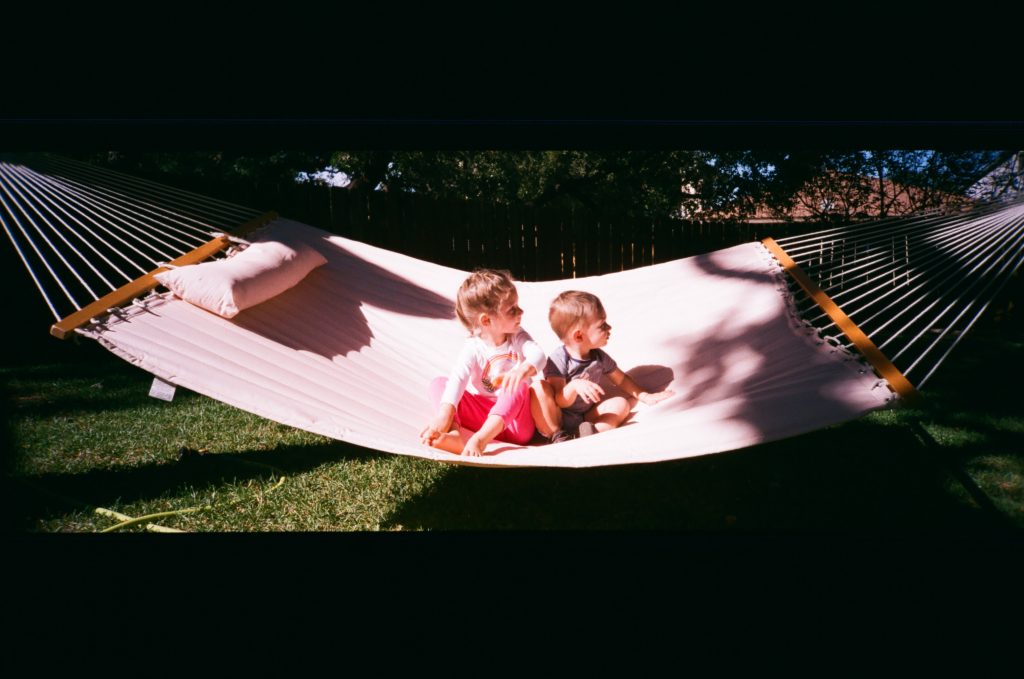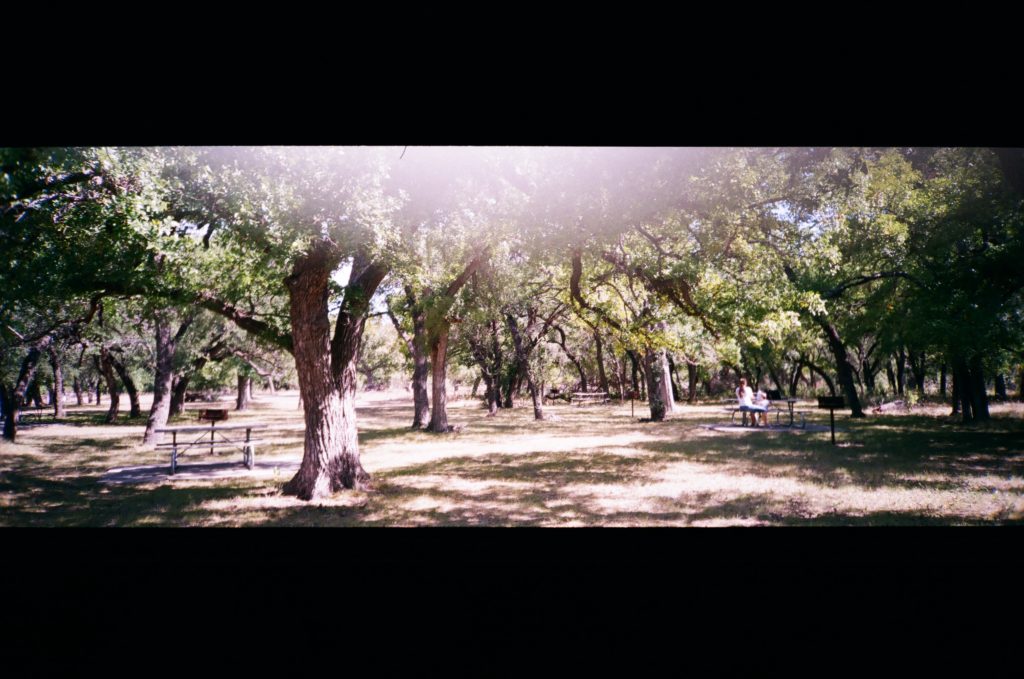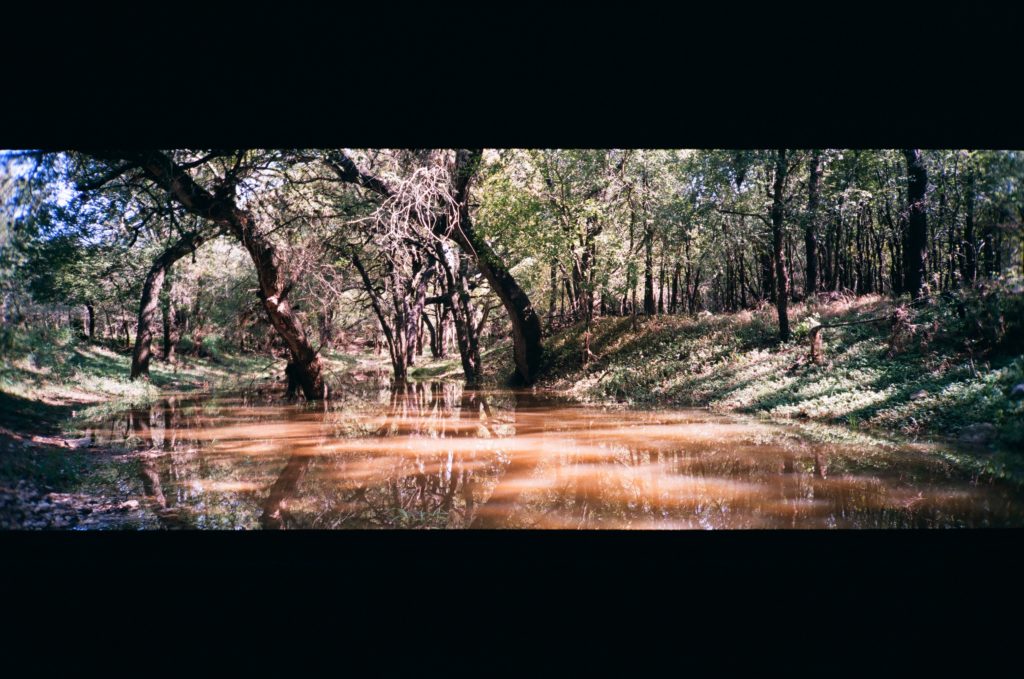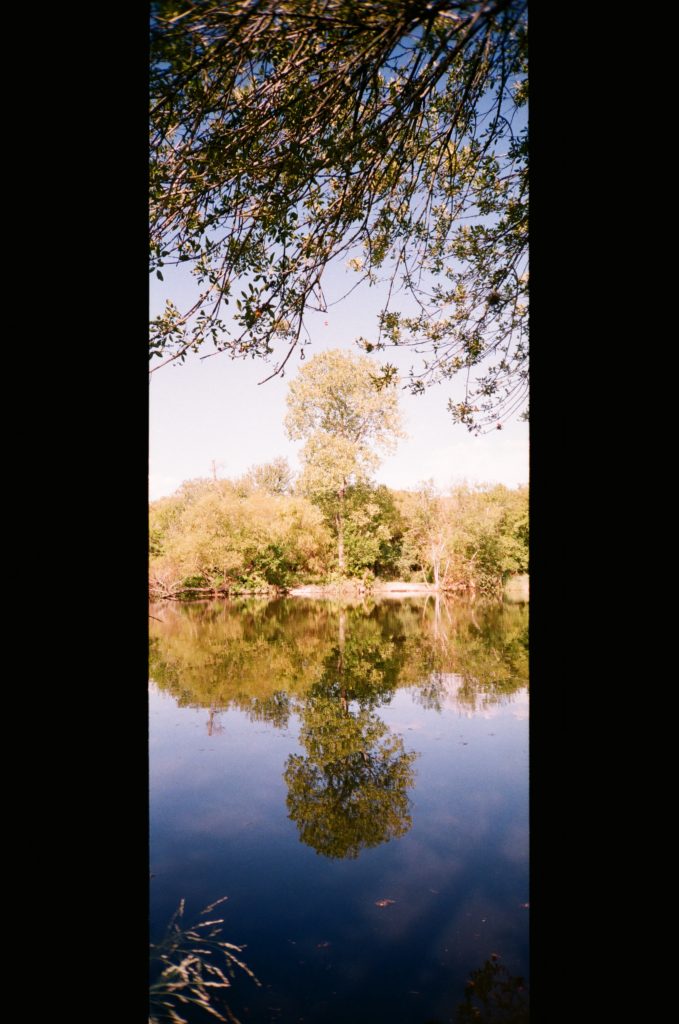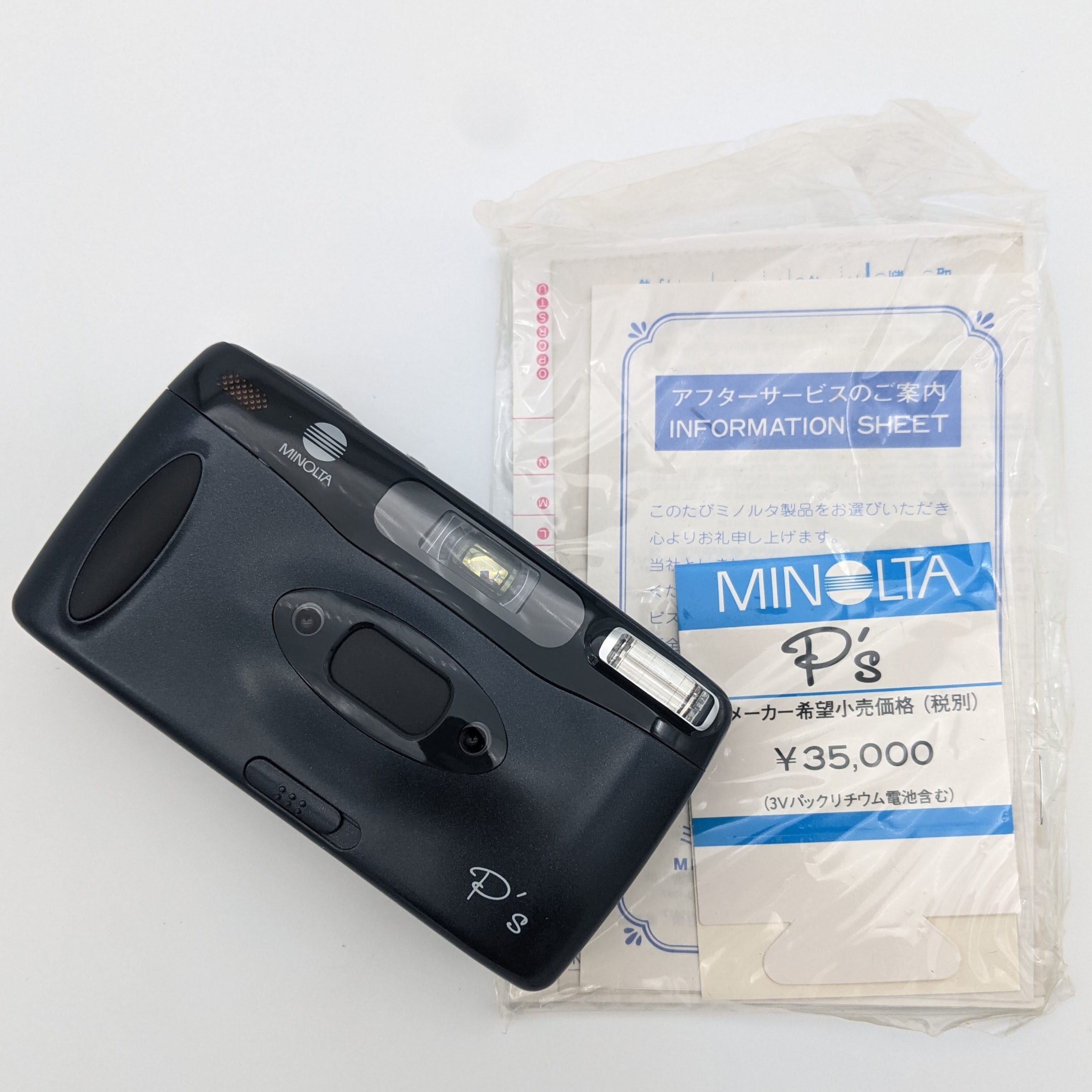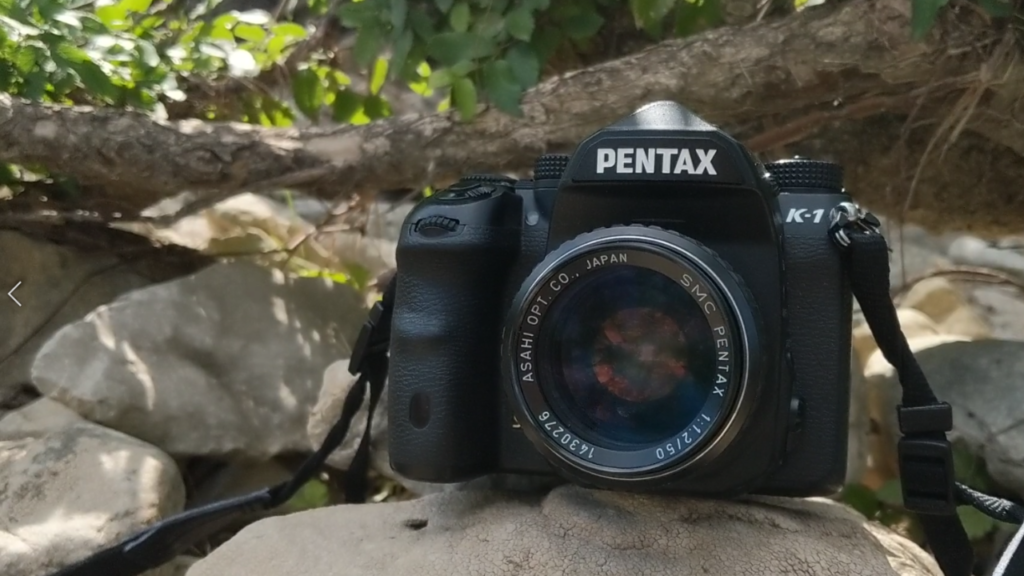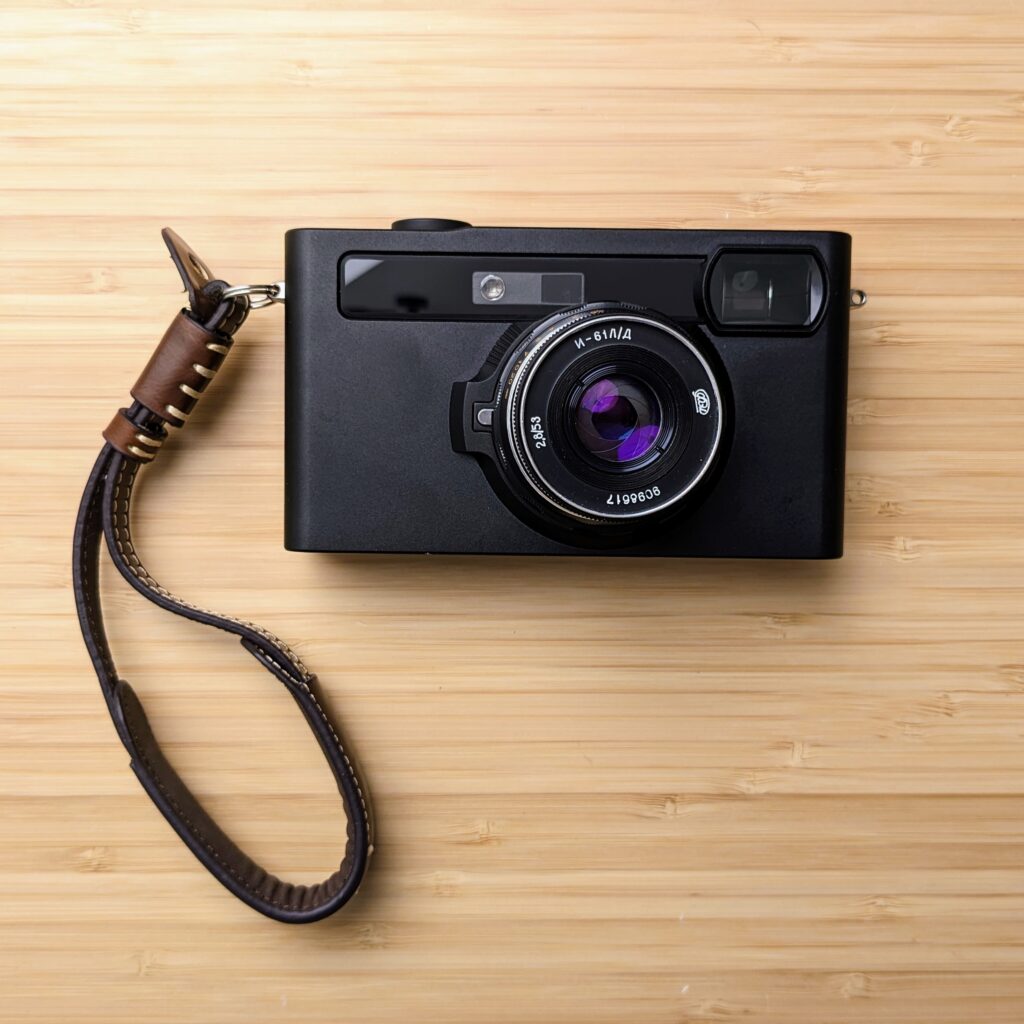Every now and then it’s good to get back to the childish fun of photography. Cameras and subjects that may not make a lot of sense on paper, but bring an irresistible smile to your face. Not worrying about selling your next shot, or gaining tons of followers. Yep, sometimes it’s good to grab your camera and goof off. 36 Exposures later, I’m living proof it’s good for you.
Overview
The Minolta P’s (or Minolta Riva Panorama) is a 35mm film camera that shoots a wide 3:1 ratio frame. And it’s fun. It has a wide 24mm lens with a maximum aperture of f4.5, which I’ll talk more about later. The body is plastic but feels sturdy. From the outside it looks quite ordinary, but it’s on the inside that magic happens. And by inside, I am talking specifically about the viewfinder.
Many film cameras in the 1990’s included a “panoramic” option, which would obscure some of the frame with black edges to create essentially a pre-crop on your image. My Pentax Z-1P has this option. But the Minolta P’s doesn’t do that. Instead, it can ONLY shoot a pre-cropped frame.
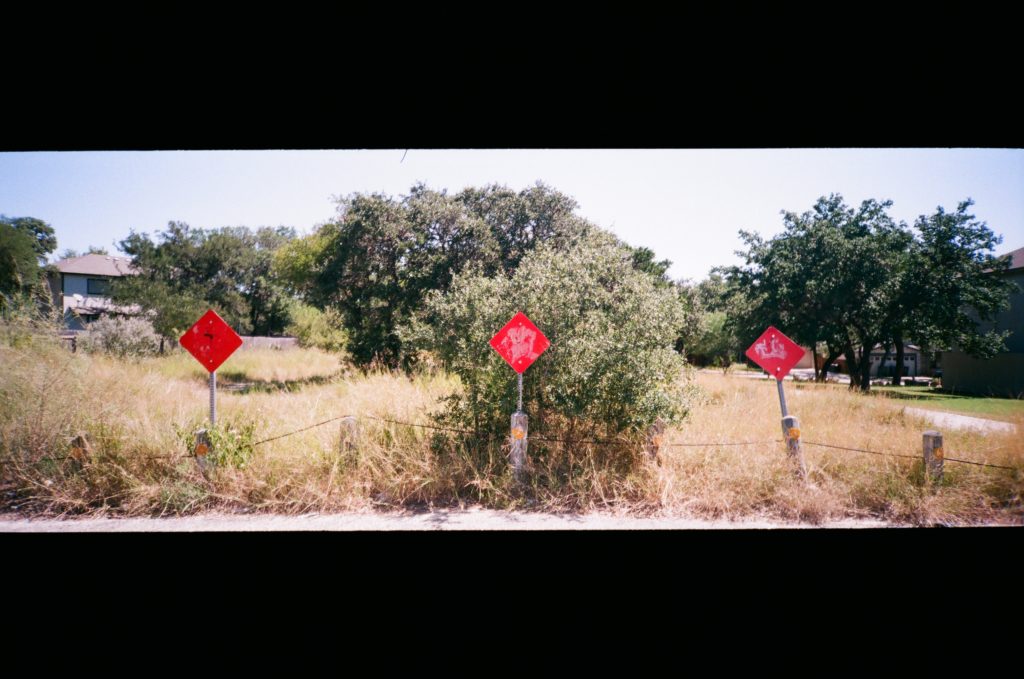
You might find this extra limiting. Cropping the frame before you even take it seems odd enough (why not do it after the fact, and then you can play with it to get it just right – or, change your mind and keep it 3:2?) and being limited to just this cropped mode might seem too childish to you. But the unique thing about the Minolta P’s that sets it apart from most other bodies is that the viewfinder is especially made for this panoramic aspect ratio. When you pull the camera up to your eye, you are seeing the world in all it’s 3:1 glory.
My Minolta P’s and Why I Own It
I love a good camera backstory, and this Minolta has a good one even if I don’t know the whole thing. I received it in a mystery box from another photographer that enjoys tinkering with old cameras. Opening the box was the first I heard of it, and I immediately pulled out my phone and Googled it. To add to my confusion, the Minolta P’s is the Japanese model of the camera, meaning the box and manual were in Japanese.
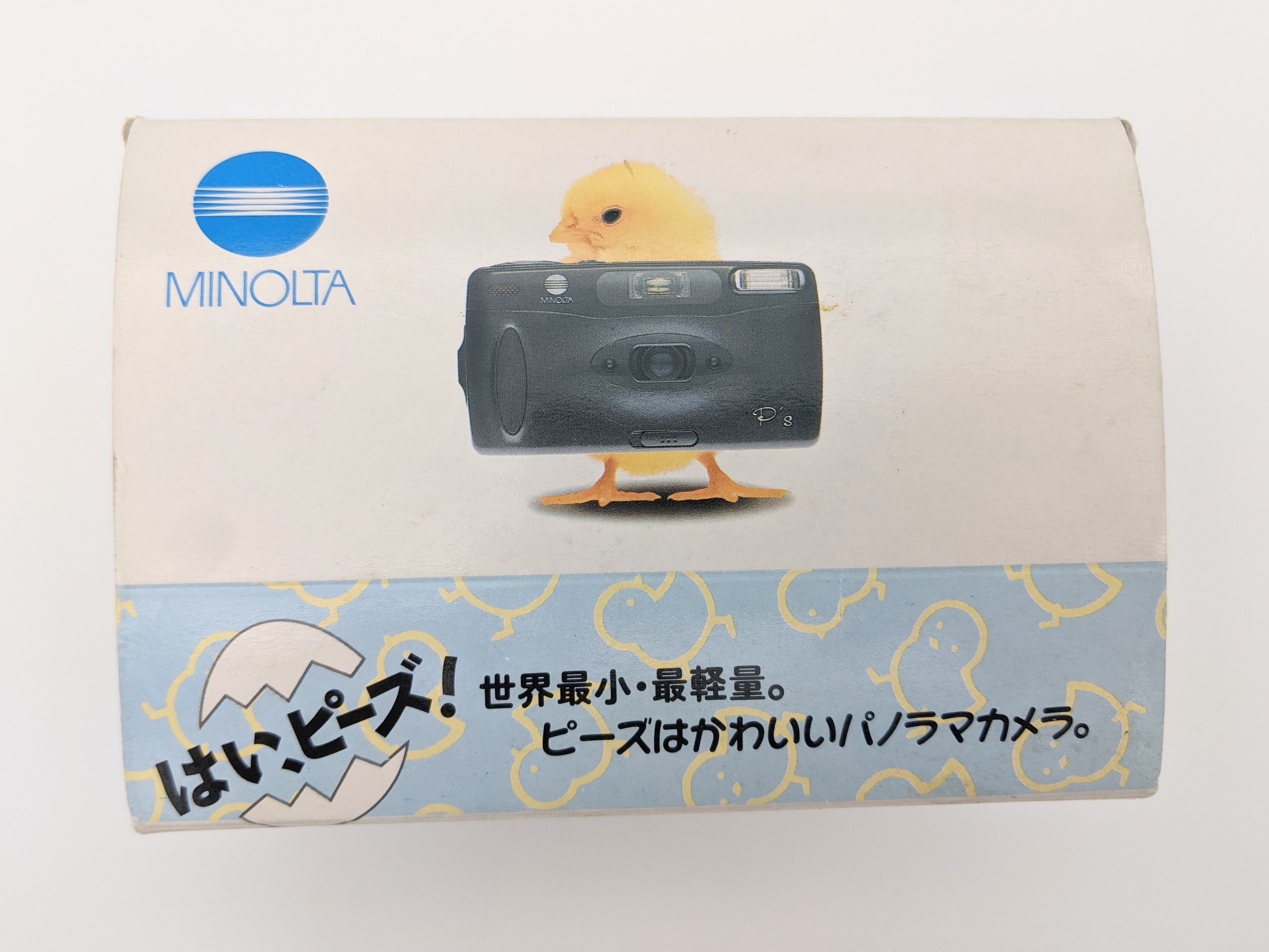
Using Google Live Translate on my phone app I was able to make quick work of the outside and inside material. It’s fascinating to me to think that this camera was at one point sold, or meant to be sold, in an international market and somehow through the years ended up into my hands. It looked brand new when I opened it, along with the original packaging the camera itself showed no signs of use. I’m not sure if I’m this camera’s first photographer, but certainly one years after it was produced and that’s exciting. I love to give old cameras new life.
All About the Viewfinder
There’s something super special about being able to compose a certain aspect ratio through the viewfinder itself. The only experience I’ve had which comes close is changing the aspect ratio to something wider than 3:2 on a digital camera, and then using live view to compose. I wonder if a similar experience could be had by using an old focusing plate and blacking out the edges to the desired ratio, and cropping in post to match.
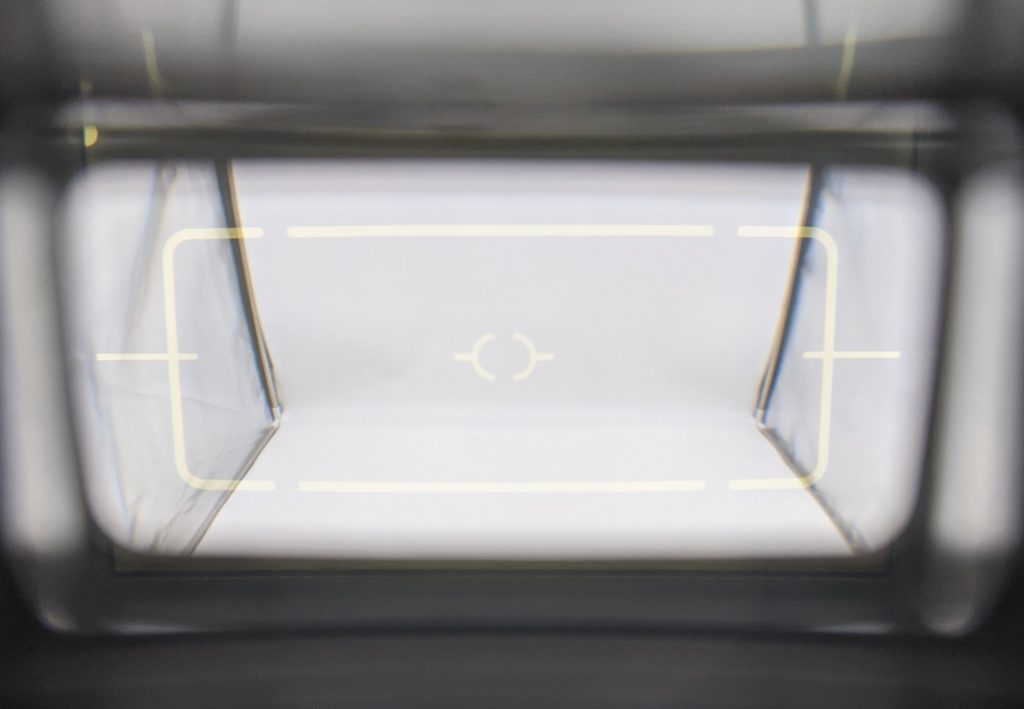
It’s extremely hard to visualize a 3:1 ratio when looking through a 3:2 viewfinder, in my opinion. The experience was totally different with the Minolta P’s 3:1 viewfinder. All the sudden I was seeing extra wide images everywhere, composing subjects to the far right or left of the frame, or dead center for dramatic effect. This is the selling point of the Minolta P’s, in my opinion.
And the viewfinder isn’t that bad as far as point and shoot viewfinders go. I found the bright green frame lines easy to see in bright or dark light. There’s a center section to help compose in the center, and also indicate where the autofocus point is, I’m sure.
Using the Camera
Shooting with the Minolta P’s is a breeze and no one should feel intimidated. Loading the film is simple with marked guides and an electronic winder to let you know you got it right. The camera takes one CR123a battery and should last few hundreds of shots on a charge. When you’re ready to take a picture, slide open the lens cover to turn the camera on, half-press the shutter to auto-focus and once AF has been confirmed through the viewfinder light, full press to snap your shot.
On the topic of sliding open the lens cover, I found this to be effective way to make sure you aren’t turning the camera on in your pocket, but I did get my finger in the shot sometimes. I guess I was not used to this method of slide open, and then move your finger all the way back. It’s a wide lens, after all, and because it doesn’t protrude, it was difficult to tell if my finger was too close to the lens or not. It only ruined two shots that I thought were pretty good otherwise. Just remember to move your fingers all the way out of the way!
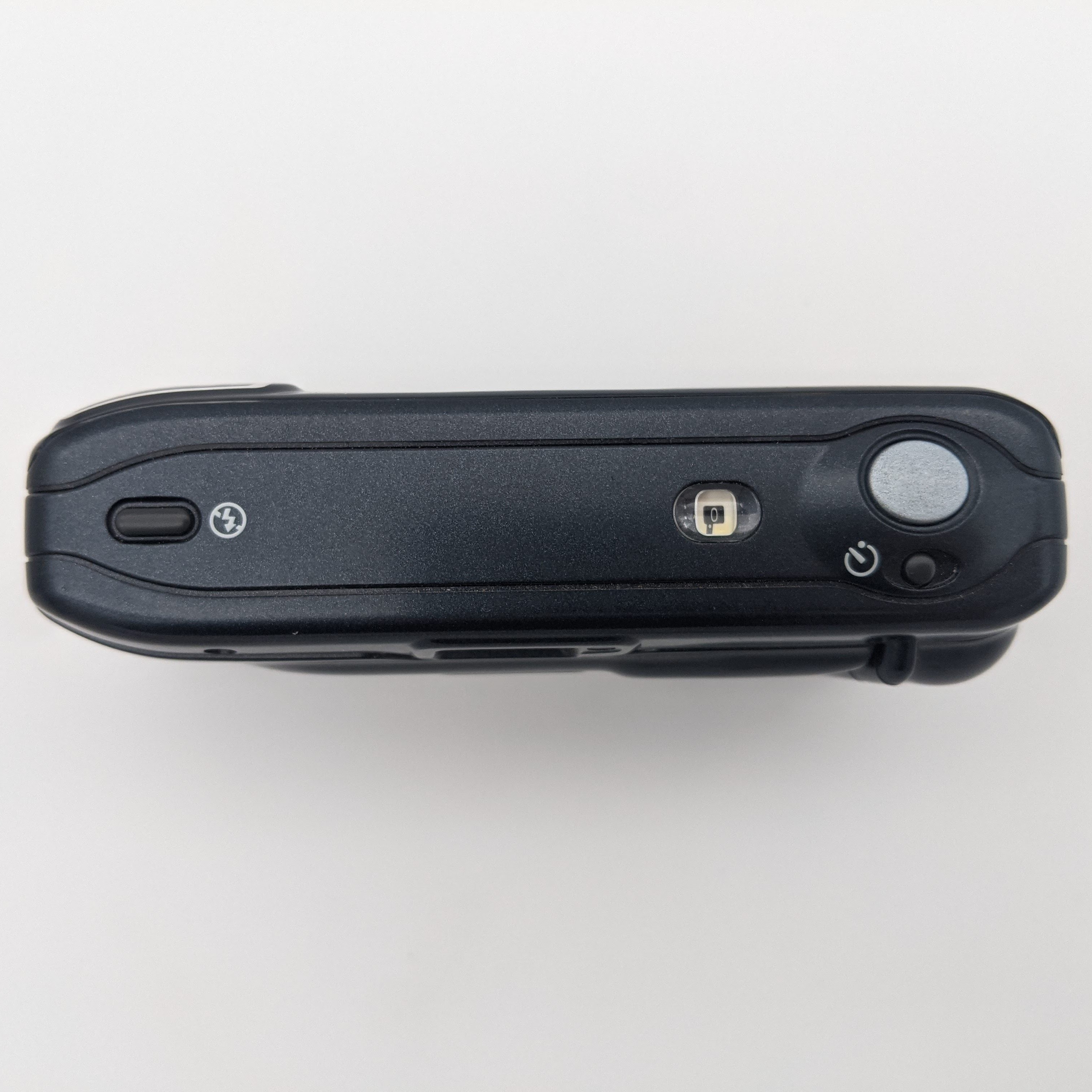
The flash works well, and there’s a dedicated button on the camera to disable/enable it when you want it. It wasn’t too powerful and didn’t blow out my shots. I don’t use on-camera flash a bunch, but it’s nice to have it there.
The Minolta P’s/Rivera also has a set-timer button but those who want to set it up on a tripod and a get a shot of the fam, and my model came with a quartz date back which I left off. Not sure if any of you are into using those date backs, but there you go.
Handling
Besides the old point and shoots I remember growing up, this is only 35mm point and shoot I’ve ever used. It feels awesome to go back to having something pocketable and easy to operate for quick snaps. The camera easily slides into any of my pockets. While the outside is completely plastic with no rubberized grip of any kind, it does grip fairly well thanks to a indent for your thumb in the back, and a little plastic bump of a grip in the front. You should probably wear a wrist strap as it is a bit slippery, but overall I have no complaints. I was just excited to be able to pocket such a fun camera and take it everywhere.
Lens
Like I said in the intro, the Minolta P’s or Riva has a 24mm f4.5 lens. 24mm is a favorite focal length of mine on other systems, so it feels right at home here. A nice wide angle that feels expansive, and yet doesn’t add tons of distortion.
The lens itself is decently sharp when the focus nailed the shot. Enough to make some awesome pictures playing around, but maybe not a landscape photographers dream. You’re losing a lot of resolution anyway from the crop, so that’s not going to help. But I was plenty happy with the lens and I think the slight softness actually adds to the look of this kind of film photography.
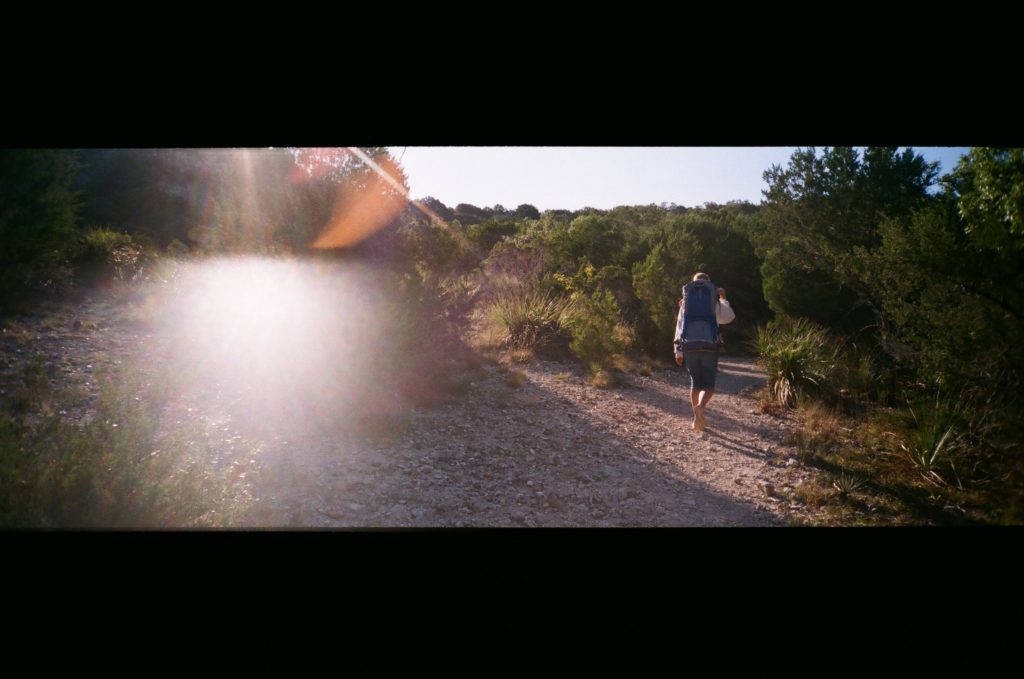
Flare does exist, but I actually found it quite pleasant, even if it obscures much of the frame. It has a nice blooming look and maintains contrast across the frame. Very few ugly jagged multi-colored shapes and lines. I would not hesitate to use flare creatively again with this lens.
Final Thoughts
The Minolta P’s or Riva is a fantastic little panorama point and shoot that packs a lot of fun. If you grab one for a good price it offers a whole new perspective to photography through that nifty viewfinder. I see the Minolta P’s as the kind of camera that you grab to go to the beach with your friends. It’s not terribly serious, but plenty capable. It’s pocketable and easy to use. You may lose resolution, but I argue you’ll get shots you wouldn’t have thought to compose without that viewfinder.
That’s it for this camera for now. Let me know your thoughts below, join the film camera discussion the forum, and until next time happy snappin’
If you do want to pick up the Minolta P’s / Riva or any other old camera, please consider shopping through my affiliate links on the side. I love to shop through UsedPhotoPro because of their excellent prices and 180-day guarantee. And of course you can’t beat good old eBay for online garage sale shopping. Using the links before purchasing will support my site at not additional cost to you. Thank you.
Image Gallery
